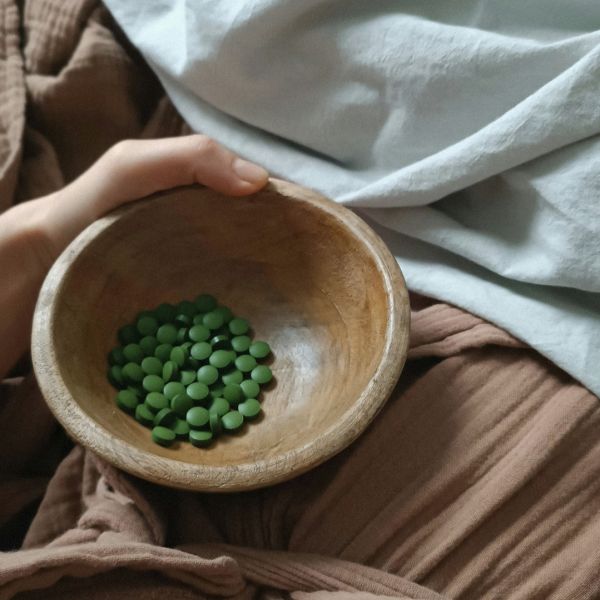BEWIT Chlorella Pyrenoidosa - tablets, BIO
Dietary supplement
Chlorella pyrenoidosa
A phytonutrient-packed green superfood with many beneficial effects. Its cellular envelope is disrupted by a process of disintegration, which ensures high absorption and utilisation of the contained substances, but the valuable contents are also protected to the maximum extent possible. Spirulina tablets can be easily washed down with a glass of water or another favourite beverage. The advantage is that it is more convenient to dose.
BIO CHLORELLA PYRENOIDOSA, TABLETS are available in two variants: 130 g in a glass bottle (520 tablets) and 250 g in a paper bag (1000 tablets).


CZ-BIO-002
In stock
11,7 £
9,7 £ without VAT (20%)
Code: 3401130100000002
Curated reviews by the BEWIT Team
„Świetny produkt. Długo szukałam jakości bio w przystępnej cenie i wreszcie znalazłam. Niezastąpiona podczas sezonowego oczyszczania z metali. Polecam. 🙂“
Anna Żurańska
History
Ancient and unobtrusive
We owe the discovery of the inconspicuous chlorella to the Dutch microbiologist M. W. Beijerinck, who discovered and isolated it for the first time in 1890. However, during his research he came across a close association of chlorella with the 1.5 billion-year-old Acritarch microfossils. He proved that this freshwater algae has been part of the ecosystem for a very long time. [1]
She won over the world
The biologically active substances contained, their action and high absorption have been the subject of many scientific studies, which continue to generate new knowledge and present interesting conclusions. For its beneficial effects chlorella has thus won fans all over the world. [2,3,4,5,6]
Origin and cultivation
Protected against heavy metals
Chlorella is a unicellular freshwater alga, which needs a warm climate, sufficient sunlight, plenty of nutrients and really clean water for ideal growth. [1] These conditions are met because the chlorella is grown in special tanks that ensure organic growing conditions. Chlorella is thus additionally protected from heavy metal pollution.
High absorption ensured
Chlorella harvested at its full maturity stage is subsequently processed through a process called disintegration, through which the cell envelope structures are disrupted. The disintegration process results in high absorption and utilization of valuable substances contained in chlorella.
Pressed into tablets
After harvesting, the rich green chlorella biomass is gently dried and pressed into whole, green tablets. The shape of the tablets is achieved only by the pressure exerted by the pressing device. Due to the naturally adhesive properties of spirulina, the pressed tablets retain their solid shape even without the use of binders, dyes, fillers or other additives. As part of the unique processing technology and the low temperatures maintained, spirulina is still "alive "and retains enzymes and other valuable substances that are sensitive to high temperatures.
Ingredients and properties
Not all Chlorella is the same
Chlorella Pyrenoidosa or Chlorella Vulgaris, algae almost identical at first glance, yet different. Their difference lies in their composition.
Compared to Vulgaris, Chlorella Pyrenoidosa contains much more highly branched polysaccharides. Their presence is justified, but in any case, they may not be a good choice for constipation or digestion problems. But otherwise you will appreciate it. [7]
Slight differences were also observed in protein and other nutrient content. So take a look at the ingredients and choose the right chlorella for you.
Moreover, it is naturally gluten-free – it is therefore also suitable for people with gluten intolerance and celiac disease.
Phytonutrient-packed superfood
Among the minerals, these are mainly iron, iodine, manganese and phosphorus, for whose high content chlorella is sought after. Every cell in the body will welcome the presence of natural zinc and calcium.
Chlorella also has the advantage of a high content of fat-soluble vitamin D and water-soluble vitamins B1 and B3.
Fiber, vegetable oils or easily absorbed proteins, all of these macronutrients are also present.
In addition, the characteristic green colour of chlorella is due to the naturally present carotenoid and chlorophyll dyes. In particular, chlorophyll A and beta-carotene. Its growth factor is also highlighted.
For vegans and vegetarians
Because of the contained vitamin B12 and the high amount of iron, chlorella is also a suitable dietary supplement for vegans and vegetarians who may have insufficient intake of animal foods due to restrictions.
Usage
Simply drink it down
The tableted form of spirulina is characterised by its blue-green colour and shiny appearance. Spirulina tablets can be easily washed down with a glass of water or another favourite beverage. The advantage is that it is more convenient to dose.
Recommended dosage
- Adults: 3 times a day 8 tablets (daily intake of Chlorella 6 g).
- Children: 3 times a day 4 tablets (daily intake of Chlorella 3 g).
Do not exceed the recommended daily dose. This product is not intended to replace a varied and balanced diet. Keep out of the reach of children. – Not intended for children under 3 years of age. Store in dry place, protect from heat.
You can choose from two packaging options:
- in a paper bag, 250 g content, 1000 tablets
- in a jar, content 130 g, 520 tablets.
Origin: China
In conclusion
Health claims from the so-called ON HOLD list
Chlorella pyrenoidosa:
- normal function of the intestinal tract, microbial balance,
- antioxidant,
- normal liver function,
- natural defenses,
- cleaning,
- normal digestion and liver function, cleansing.
ON HOLD list – This is a list of substances and their relationship to health that have been sent to EFSA for assessment but EFSA has not yet issued an expert opinion or the EC has not yet issued a decision. Please note that these claims are temporary.
Sources
[1] MÜLLER, Julia et al., 2005. DISTINCTION BETWEEN MULTIPLE ISOLATES OF CHLORELLA VULGARIS (CHLOROPHYTA, TREBOUXIOPHYCEAE) AND TESTING FOR CONSPECIFICITY USING AMPLIFIED FRAGMENT LENGTH POLYMORPHISM AND ITS RDNA SEQUENCES. Journal of Phytology. 41(6), 1236–1247.
[2] WANA, Xu-zhi et al., 2019. Anti-diabetic activity of PUFAs-rich extracts of Chlorella pyrenoidosa and Spirulina platensis in rats. Food and Chemical Toxicology. (128), 233–239.
[3] BITO, Tomohiro et al., 2016. Characterization and Quantitation of Vitamin B12 Compounds in Various Chlorella Supplements. Journal of Agricultural and Food Chemistry. 64(45), 8516–8524.
[4] WAN, Xu-zhi et al., 2020. Physicochemical Characterization of a Polysaccharide from Green Microalga Chlorella pyrenoidosa and Its Hypolipidemic Activity via Gut Microbiota Regulation in Rats. Journal of Agricultural and Food Chemistry. 68(5), 1186–1197.
[5] REYES SUA´ REZ, Erick et al., 2006. Immunostimulatory Polysaccharides from Chlorella pyrenoidosa. A New Galactofuranan. Measurement of Molecular Weight and Molecular Weight Dispersion by DOSY NMR. Biomacromolecules. 7(8), 2368–2376.
[6] HSU, HSIEN-YEH et al., 2010. Immunostimulatory Bioactivity of Algal Polysaccharides from Chlorella pyrenoidosa Activates Macrophages via Toll-Like Receptor 4. Journal of Agricultural and Food Chemistry. 58(2), 927–936.
[7] SHI, Ying, Jianchun SHENG, Fangmei YANG a Qiuhui HU. Purification and identification of polysaccharide derived from Chlorella pyrenoidosa. Food Chemistry. 2007, (103), 101–105.
100% pure and natural
All ingredients contained in the product are 100% pure and natural and non-synthetic.
Ahinsa
An ethical approach is founded on respect for all forms of life.
BIO
Insect Free
The product contains no insects or parts thereof.
Laboratory tested
In our Ostrava laboratory, we meticulously analyse the exact composition and quality of essential oils at an unparalleled level. For more insights into the methods we use to uncover the secrets of these unique gifts of nature, visit here. Or simply take a closer look at a sample of BEWIT Lavender Kashmir essential oil.
No dyes
The product does not contain dyes.
No phosphates
The product does not contain phosphates.
Non GMO
The composition of the product is 100% made up of ingredients that have not been genetically modified.
Non synthetic
The product does not contain synthetic or synthetically produced ingredients.
Superfood
The product contains nutritionally valuable superfoods, which are very beneficial for their exceptionally high content of vitamins, minerals and a wide range of bioactive substances.
Vegan
This product is suitable for vegans. At no stage during development, testing or production of this item were animal or dairy products used.
ø Nutrition facts
| Per 100 g | |
|---|---|
| Energy | 1792 kJ / 425 kcal |
| Fats | 10.90 g |
| – of which saturates | 2,65 g |
| – of which mono-unsaturated fatty acids | 0,84 g |
| – of which poly-unsaturated fatty acids | 5,35 g |
| Carbohydrates | 8,69 g |
| Fibre | 14,5 g |
| Protein | 53,3 g |
| Salt | <0.1 g |
Vitamins
| Per 100 g | % **RHP per 100 g | |
|---|---|---|
| Vitamin D3 | 0,5 µg | 10 |
Minerals
| Per 100 g | % **RHP per 100 g | |
|---|---|---|
| Calcium | 200 mg | 25 |
| Iron | 167 mg | 1193 |
| Potassium | 293 mg | 15 |
** daily reference intake value for vitamins and minerals (for adults)
Phyto-pigments
| Per 100 g | |
|---|---|
| Carotenoids | 250 mg |
| Chlorophyll | 1900 mg |
| Chlorella growth factor | 6.25 |
The content of vitamins, minerals and fatty acids may vary depending on the specific batch of product.
Download documents
Document
Obsah jodu v Chlorella pyrenoidosaReviews
BEWIT Chlorella Pyrenoidosa - tablets, BIO
Dietary supplement
Want to add your own review? We're interested in your opinion.
Sign in / RegisterŚwietny produkt. Długo szukałam jakości bio w przystępnej cenie i wreszcie znalazłam. Niezastąpiona podczas sezonowego oczyszczania z metali. Polecam. 🙂
Did you find this review helpful?
+ 1

Odporúčam, telo sa úplne prečistí od všetkého co mu škodí. Zlepší sa trávenie a tým pádom sa posilní imunita a zlepší sa aj pokožka. Naozaj super pocit 🙂
Did you find this review helpful?
Chlorelle stosuje podczas oczyszczania z metali ciezkich, wspaniale oczyszcza organizm i juz widze pierwsze efekty. Do tego wiem ze jest w 100% naturalna wiec nie martwie sie o jakosc jak w niektorych produktach innych firm. Rowniez cena jest przystepna. Polecam
Did you find this review helpful?
+ 1
Bardzo dobra jakość chlorelli , całą rodziną ją używamy i super się sprawdza .
Did you find this review helpful?
+ 2

Na výstavě FOR BEAUTY v Praze zažíváme nádherná setkání. Dnes mi mnohokrát děkovala čtyřicetijednaletá paní za to že jsme. Říkala mi, že bez Bewitu už by tu nebyla. Absolvovala 28 chemoterapií a 39 ozařování. Byla kompletně bez vlasů a bez energie. Měla rakovinu prsu, která metastázovala do páteře, kloubů a kostí. Měla obrovské bolesti. Dostala se do čtvrtého stádia nemoci. V nemocnici jí dali seznam hospiců, čekalo se kdy umře. Rodiče už pro ni měli oblečení do rakve. Její kolegyně (která je i tu ve skupině) jí řekla o Bewit. Koupila si 10 našich kadidel a 10 himalájských cedrů a začala je používat. Později začala brát i Bewit chlorellu a spirulinu, Bewit nosné oleje (mandlový a olej z černého kmínu), vnitřně Bewit esenciální vody (kadidlo, myrhu, oregano), Bewit esenciální olej oregano vnitřně – do kapslí (týden užívání, týden pauza). Užívala také Bewit esenciální olej santalové dřevo. Stav se zlepšil. Před třemi měsíci začala chodit. Zatím ještě neslyší na jedno ucho, na koleně ještě nosí ortézu. Cítí se dobře. Je nadšená z našich výrobků, velice vděčná. Vyfotil jsem se s ní. Vyšleme prosím myšlenku a přejme jí ať je zdravá. Šťastny ať jsou všechny bytosti.
Did you find this review helpful?
+ 531
Am început să iau chlorella sub formă de tablete și sunt foarte mulțumită de alegerea făcută. Mă simt mai energizată și am observat îmbunătățiri în digestie și în starea generală de bine. Tabletele sunt ușor de înghițit și nu au un gust neplăcut, ceea ce le face mult mai convenabile decât pudra. Îmi place faptul că ajută la detoxifierea organismului și susține sistemul imunitar. Recomand chlorella sub formă de tablete pentru cei care vor un supliment natural, eficient și ușor de administrat!
Did you find this review helpful?


Užívam ju asi týždeň a zdá sa mi, že už začala účinkovať, verim, že o mesiac budem môcť napísať viac…
Did you find this review helpful?
+ 1

Zamówiłam chlorellę z myślą o wsparciu układu pokarmowego, z pracą którego mam od pewnego czasu problem. Wierzę, że połączenie regularnego spożywania chlorelli, diety i masażu brzucha przyczyni się do poprawy mojego samopoczucia. Zamierzam podawać ją również moim dzieciom. Wybór wysokiej jakości, bezpiecznej, niczym nie skażonej chlorelli może stanowić nie lada zadanie, ale do tej mam 100% zaufanie! ❤️ Napewno zakupię ponownie :)
Did you find this review helpful?
+ 2

Tento týden jsem si poprvé zakoupila BIO mladý ječmen s chlorellou a musím říct, že jsem velmi příjemně překvapena. A to jak chutí a barvou, tak i ekologickým balením. Ječmen je vynikající. Udělala jsem si ho dnes s banánovo-kokosovým smootie, trochou medu a do toho ještě přidala jeden rozmačkaný banán. Byla toto plná 1/2 litrová sklenice, která mě ráno zcela zasytila a nahradila tak snídani. Do té doby jsem občas užívala ječmen od GW, ale tento je plně srovnatelný, takže aktuálně č. 1. Děkuji všem, kteří se podíleli na jeho přípravě.
Did you find this review helpful?
+ 30
Dopiero zaczynamy przygodę z tą chlorella ale jak na początek jest ok. Córka ma zaparcia i to dosyć mocne więc zaczynamy od bardzo małych dawek i zaskoczyło mnie bardzo gdy zrobiła wkoncu większą kupę a do tego pierwszy raz powiedziała że nie ma pełnego brzucha, gdzie dzień w dzień po innych chlorellach z innych firm skarżyła się że ma pełny brzuch i nie potrafiła się wypróżnić. U mnie też coraz lepiej chociaż jeszcze trzeba czekać wiadomo na większe efekty ale chlorella mega, poprawia bardzo dobrze trawienie
Did you find this review helpful?
+ 2

Mimořádně kvalitní doplňky stravy, které prospívají tělu. Pokud se zelenými potravinami začínáte, možná si budete na jejich chuť chvilku zvykat. Ječmen chutná lépe s trochou jablečného moštu nebo džusu. Chlorela jsou takové výživné bonbónky, které navíc spolehlivě zaženou chuť na sladké a jemně pročišťují střeva.
Did you find this review helpful?
+ 5
Zdravím, už víc jak měsíc beru chlorellu a spirulinu, vzala jsem si na zkoušku a musím říct 😁 že mám víc energie, jsem víc v pohodě a to je báječné😁teď si zkusím objednat i ječmen tak se mám na co těšit ❤️
Did you find this review helpful?
+ 6
Bardzo dobra forma tabletek. Lekko słona, Dość neutralny smak. Chrolella wraz z jęczmieniem fajnie wpływa na pracę jelit. Skóra i włosy też rewelacyjne. Mam nadzieję, że jej znakomita jakość oczyszcza i odżywia organizm.
Did you find this review helpful?
+ 1
Jest to moje pierwsze zetknięcie z chlorellą. Za poleceniem mojej przyjaciółki postawiłam na najwyższą jakość. Jak już szaleć -to szaleć. Chlorelle stosuję systematycznie każdego dnia już od prawie dwóch miesięcy. Jest to bezsprzecznie najprawdziwszy super food. W moim przypadku w połączeniu z sokiem z młodego jęczmienia terapia zdecydowanie się uzupełnia i zauważam większe korzyści. Czuję się rewelacyjnie, jako mama małego dziecka najprościej rzecz ujmując nadążam za nim. Forma podania kapsułki jak najbardziej mi odpowiada. Łatwo się połyka. Mój odwiecznie wzdęty brzuch wygląda teraz absolutnie normalnie. Po prawie dwóch miesiącach stan mojej skóry zdecydowanie się uregulował. Podsumowując uważam, że jest to jedna z lepszych inwestycji jeśli chodzi o poprawę swojego samopoczucia, zdrowia. Zdecydowanie polecam i będę wracać po kolejne opakowania.
Did you find this review helpful?
+ 4
Razem z dziećmi uwielbiamy ta chlorelle. Córka ma 6 lat a syn 2 i zajada ją jak cukierki. Dbanie o zdrowie może być smaczne i przyjemne
Did you find this review helpful?
+ 7
Természetgyógyászunk javaslatára szedek 1–1 grammot a spirulinából és a chlorellából is, meg vagyok elégedve! A tabletta forma könnyű felhasználhatóságot jelent. Sok folyadékot fogyasztok mellé. Kb. egy hét után rendeződtek az emésztési gondjaim, csökkent a puffadás is. Szívből ajánlom!
Did you find this review helpful?
+ 12

Okrem mňa a môjho muža si na prawteine pochutnáva aj naša dcérka 😃 je to pre ňu zdravá čokoládka.🥰 Či už esenciálne oleje (ako levanduľa, céder, citrón, klinček a iné u nás nemôžu chýbať), prawteiny, kozmetika (liftingová maska s dračou krvou, sun serum, kávový olej …a mnohé ďalšie zdraviu prospešné produkty (chlorella, spirulina, konopný protein, kakaové nibsy) … Je to špička na trhu, sú to jedny z najlepších možných výrobkov, overených na vlastnej koži 🥰 Je to výnimočné, čistota každého jedného produktu, 100% prírodné bez akýchkoľvek syntetických látok, bez ropných produktov, bez stabilizátorov, bez plnidiel, čiže úplne čisto organické a to je výnimočné v dnešnej dobe takéto niečo nájsť na trhu. ❤ Efektívna investícia do zdravia 🙏 https://bewit.love/sk/?… Každému odporúčam vytvoriť zákaznícky profil vďaka ktorému sa nakupuje za výhodné ceny 😉 👉 https://mybewit.com/r/c16gcn7vs?p=no
Did you find this review helpful?
+ 19
Ráda bych sdílela svou zkušenost. Kamarádka se dlouho pokoušela o miminko a nedařilo se. Oba jsou s partnerem již vyššího věku. Pořídila jsem jí EO Wofert, prawtein Wofert a chlorellu. Vše začala užívat. K tomu ještě nějaké další přípravky včt. energetické práce na sobě. A výsledek? Miminko ve 4.měsíci těhotenství. Všichni měli ohromnou radost. Myslím, že uvedené přípravky přinesly podíl na kýženém výsledku. Děkuji!
Did you find this review helpful?
+ 26

V očiste tela nie som úplný nováčik no uznala som za vhodné venovať jej viac pozornosti. Celá rodina sme nastúpili na vítanú očistu a podporu tela. Začať užívať túto chlorellu bol vynikajúci nápad, nakoľko vo veľmi krátkom čase od začiatku užívania pozorujem, ako sa mi upravila stolica a menia sa mi pocity v črevách. A to dokonca pri užívaní 2× denne. Neviem si predstaviť tú zmenu, keď doplním aj tretiu dennú dávku. Ďakujem, som za ňu vďačná.
Did you find this review helpful?
+ 8


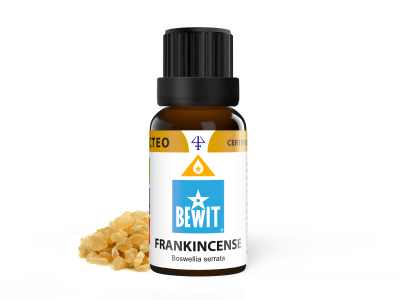
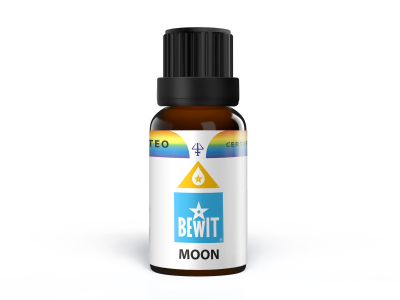
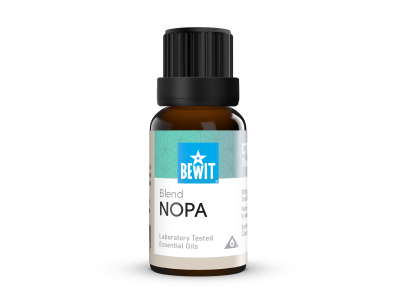
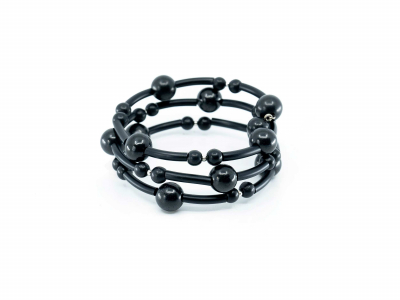
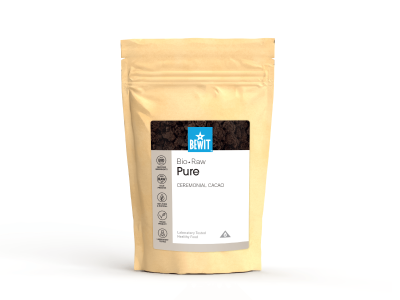
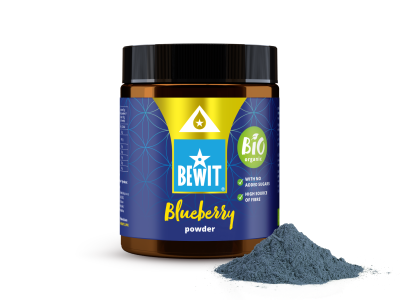
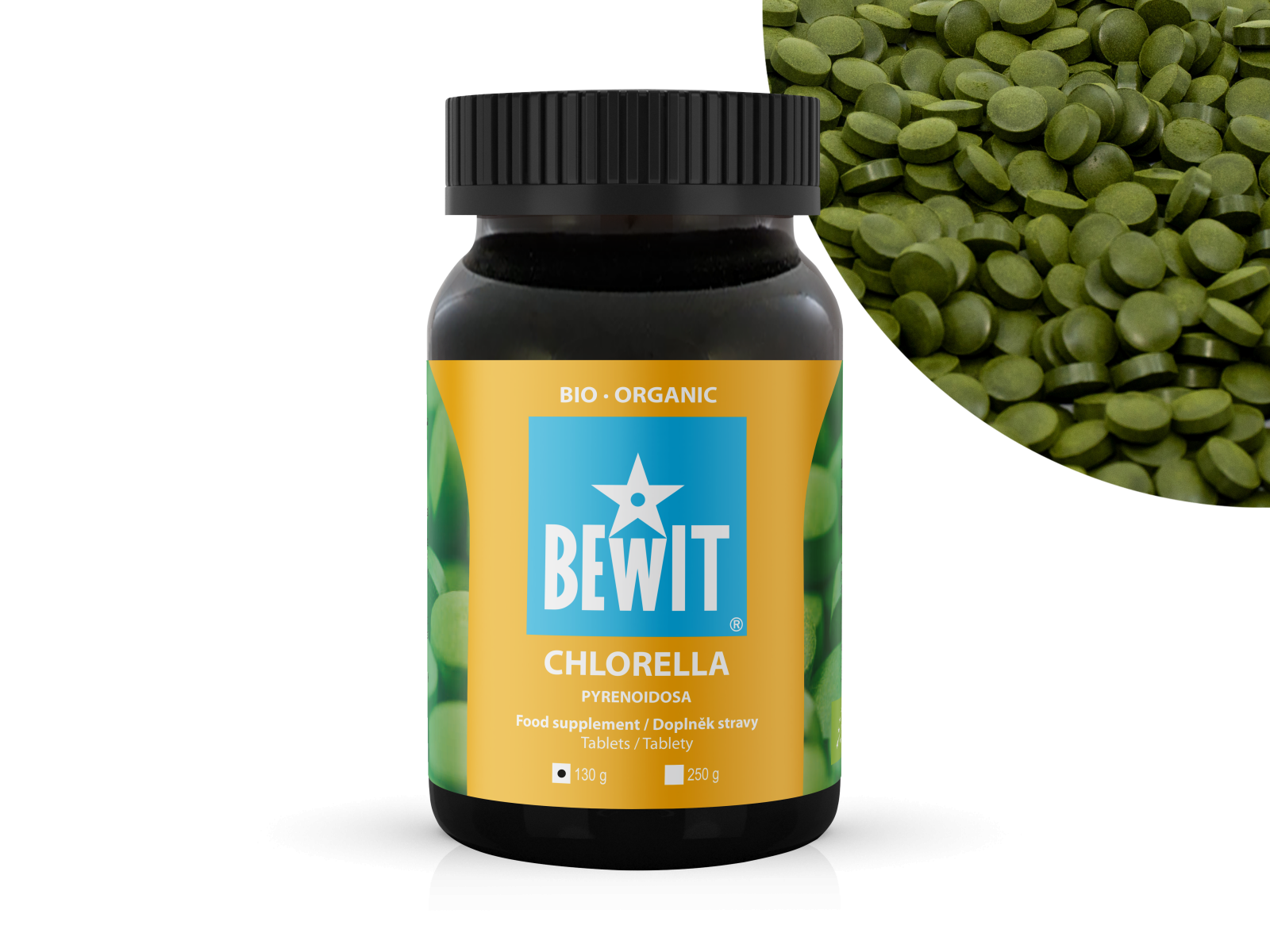
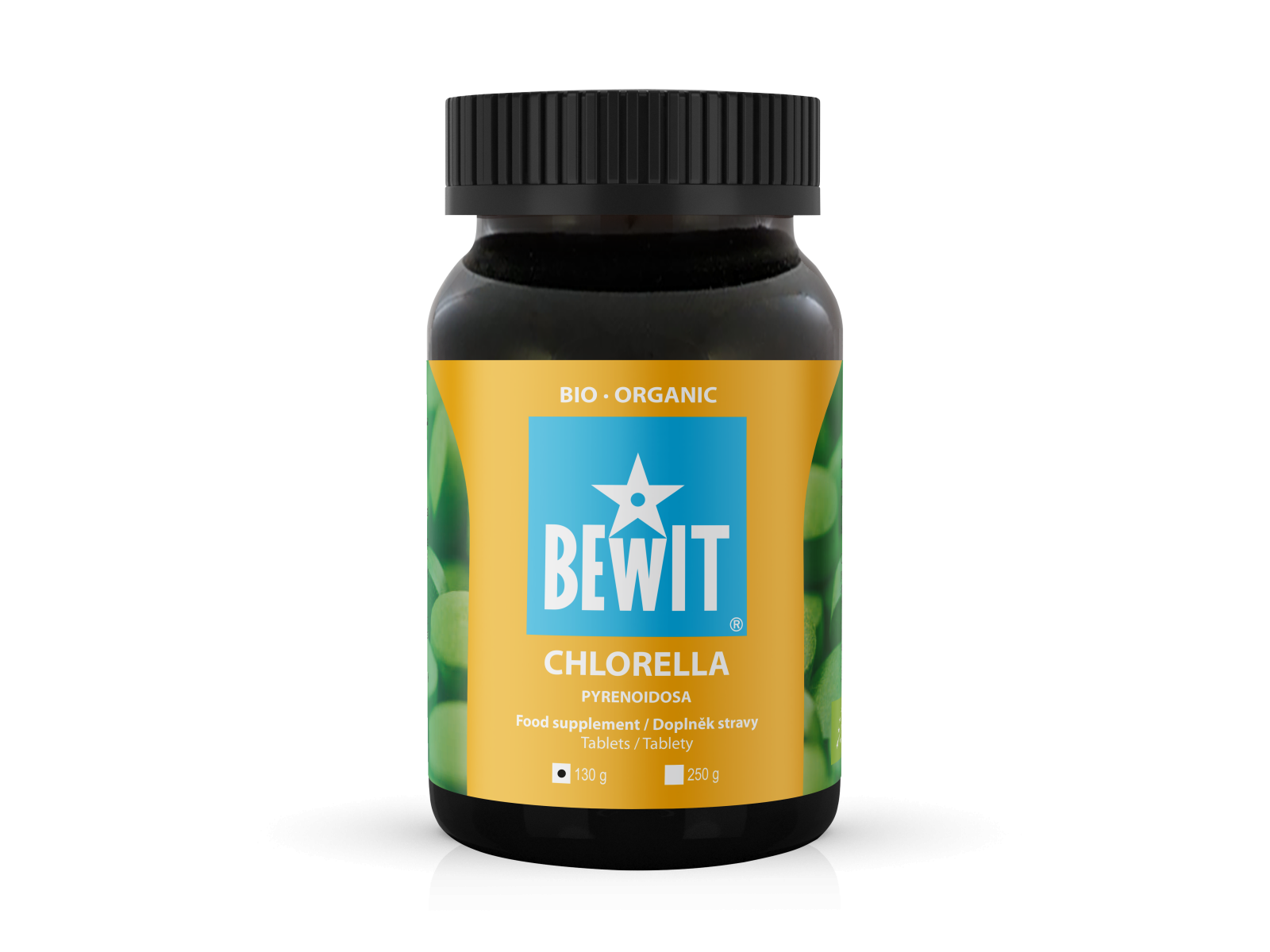

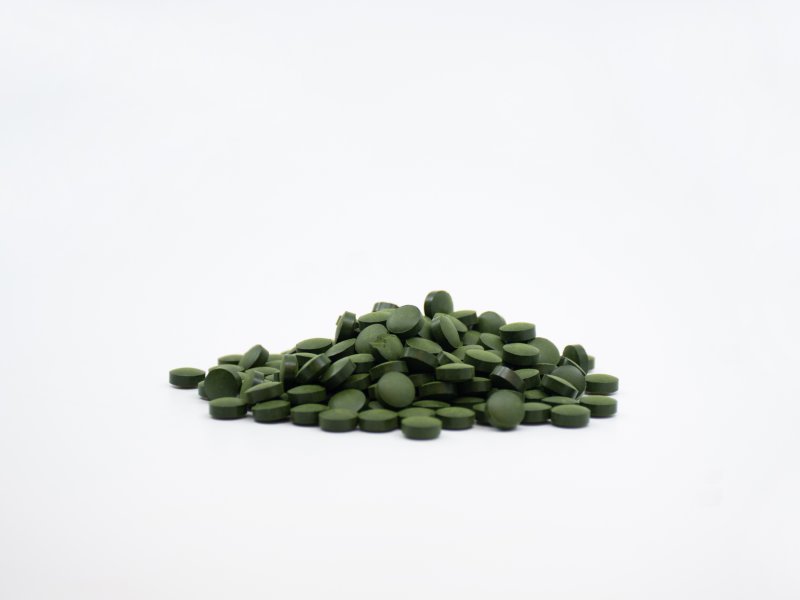
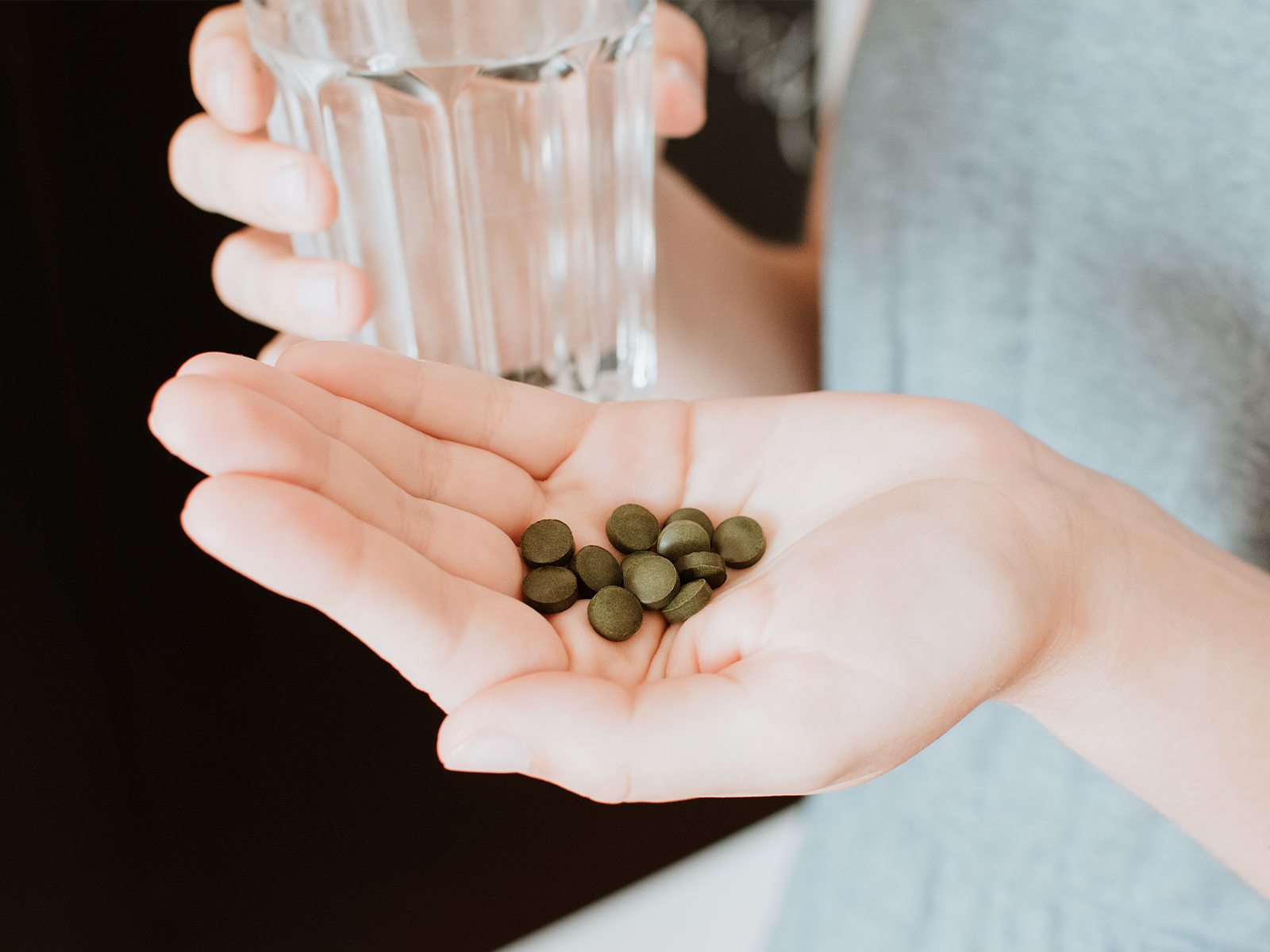
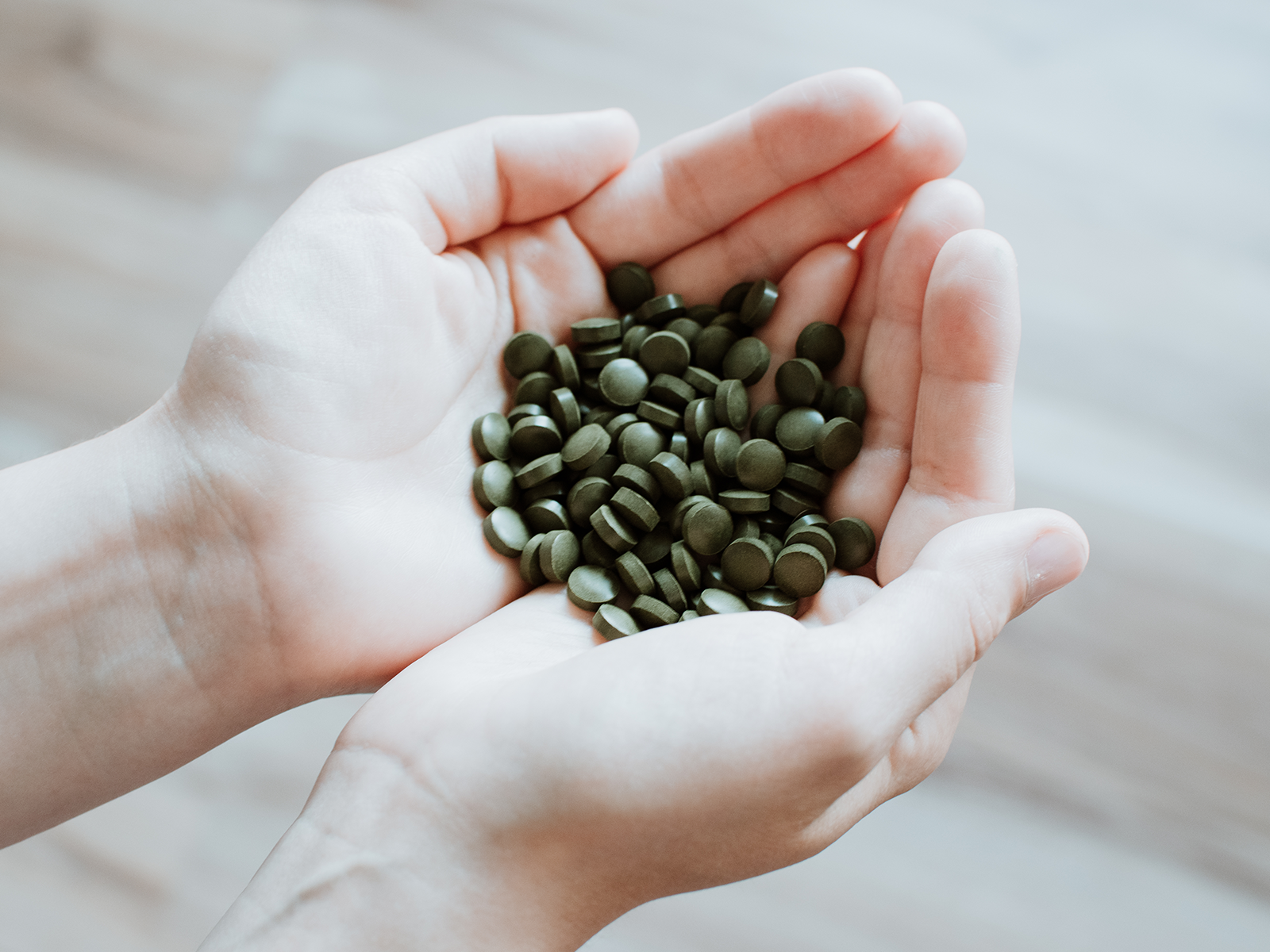
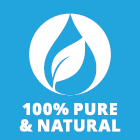

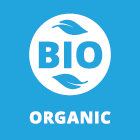
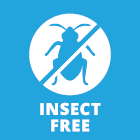
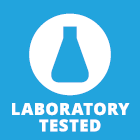

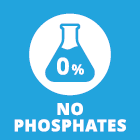
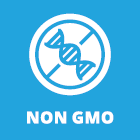
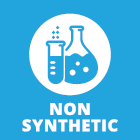


 Česky
Česky  Slovensky
Slovensky  Magyar
Magyar  Polski
Polski  Română
Română  Deutsch
Deutsch 